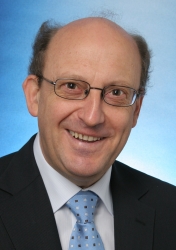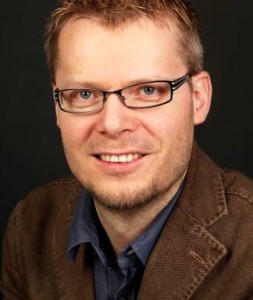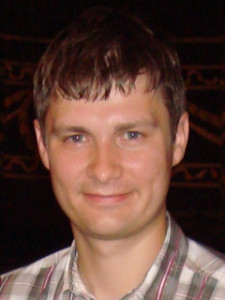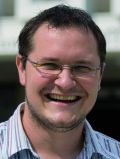Abstract:
Weshalb klingen Oktaven völlig rein und können Quinten beim Stimmen von Streichinstrumenten absolut richtig austariert werden? Weshalb werden kleine Sekunden oder das Drei–Ganzton–Intervall (Tritonus) in der Musik als Dissonanzen wahrgenommen? Sind das nur subjektive, beim Hören abendländischer Musik erlernte Empfindungen oder stecken dahinter allgemeine Prinzipien? In diesem Beitrag soll verdeutlicht werden, dass anhand der natürlichen Obertonreihe mathematisch begründet ist, weshalb wir Intervalle musikalisch als konsonant oder dissonant empfinden, weshalb Dur– und Moll–Tonleiter gerade so sind, wie sie heute gebräuchlich sind und weshalb im Laufe der Musikgeschichte die Oktave in 12 Halbtonschritte eingeteilt wurde. Die Obertonreihe ist jedoch mit unserer Empfindung der Tonhöhe als Logarithmus der Schwingungsfrequenz nicht in Einklang zu bringen, was dazu führt, dass ein widerspruchsfreies musikalisches Stimmungssystem nicht existieren kann. Einige historische Kompromissvorschläge zur Stimmung von (Tasten–)Instrumenten werden vorgestellt und verglichen.
CV:
Johannes Huber studierte Elektrotechnik an der Technischen Universität München und erwarb 1977 das Diplom. Er wurde 1982 zur Dr.-Ing. promoviert und erhielt 1991 den Titel Dr.-Ing. habil. mit einer Monographie zur Trelliscodierung. Seit 1991 ist er Professor für Nachrichtentechnik und Leiter des Lehrstuhls für Informationsübertragung an der Friedrich-Alexander-Universität Erlangen-Nürnberg. Von 2007 bis 2009 leitete er deren Technische Fakultät als Dekan.
In der Forschung ist Johannes Huber auf den Gebieten digitale Übertragung, Informations- und Codierungstheorie, codierte Modulation, Entzerrungs- und Detektionsverfahren, MIMO- Übertragungsverfahren etc. aktiv. Er hat zwei Monographien verfasst und ist Autor und Co-Autor von ca. 320 wissenschaftlichen Beiträgen.
Publikationen, die er verfasst bzw. mit verfasst hat, wurden mit dem Preis der deutschen informationstechnischen Gesellschaft in den Jahren 1988, 2000 und 2006 ausgezeichnet. 2004 erhielt er den Innovationspreis der Vodafone-Stiftung für Mobilfunk. In den Jahren 2003 und 2010 wurde ihm der EEEfCOM Innovationspreis verliehen.
Bislang wurden unter der Betreuung von Prof. Huber 41 Promotionen abgeschlossen, 10 seiner ehemaligen Doktoranden sind inzwischen selbst Professoren an namhaften Universitäten und Hochschulen.
Prof. Huber ist Fellow of the IEEE, Corresponding Fellow of the Royal Society of Edinburgh und ordentliches Mitglied der Bayerischen Akademie der Wissenschaften.





